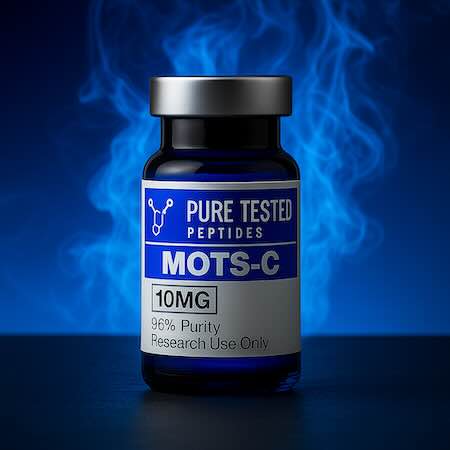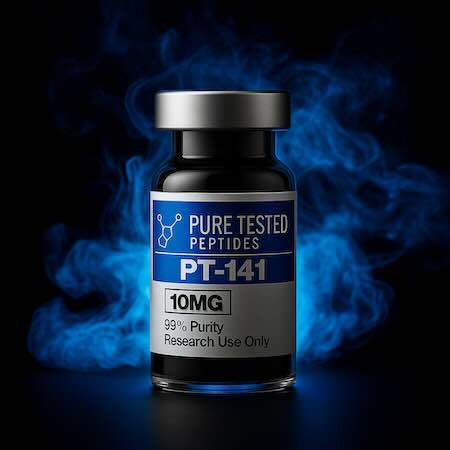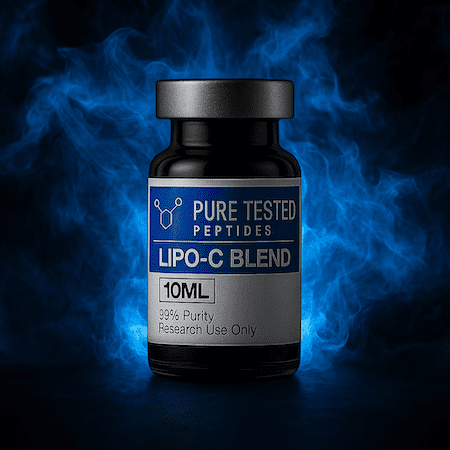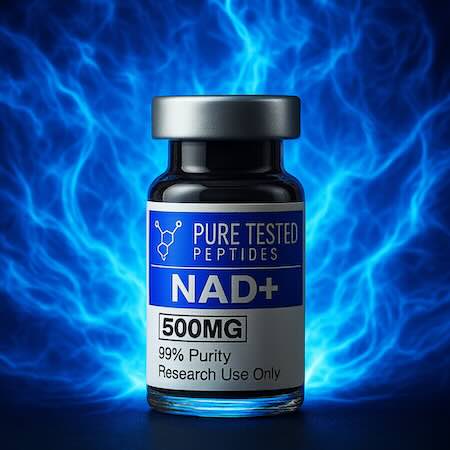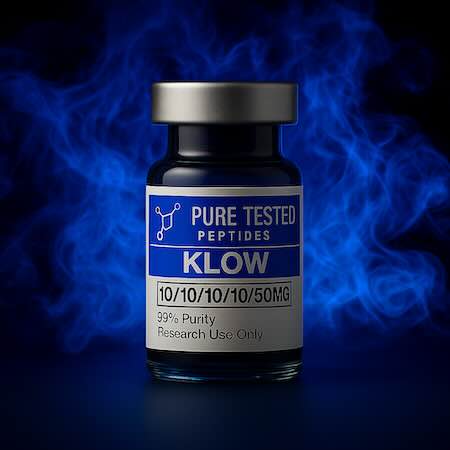Description
MOTS-C peptide for sale

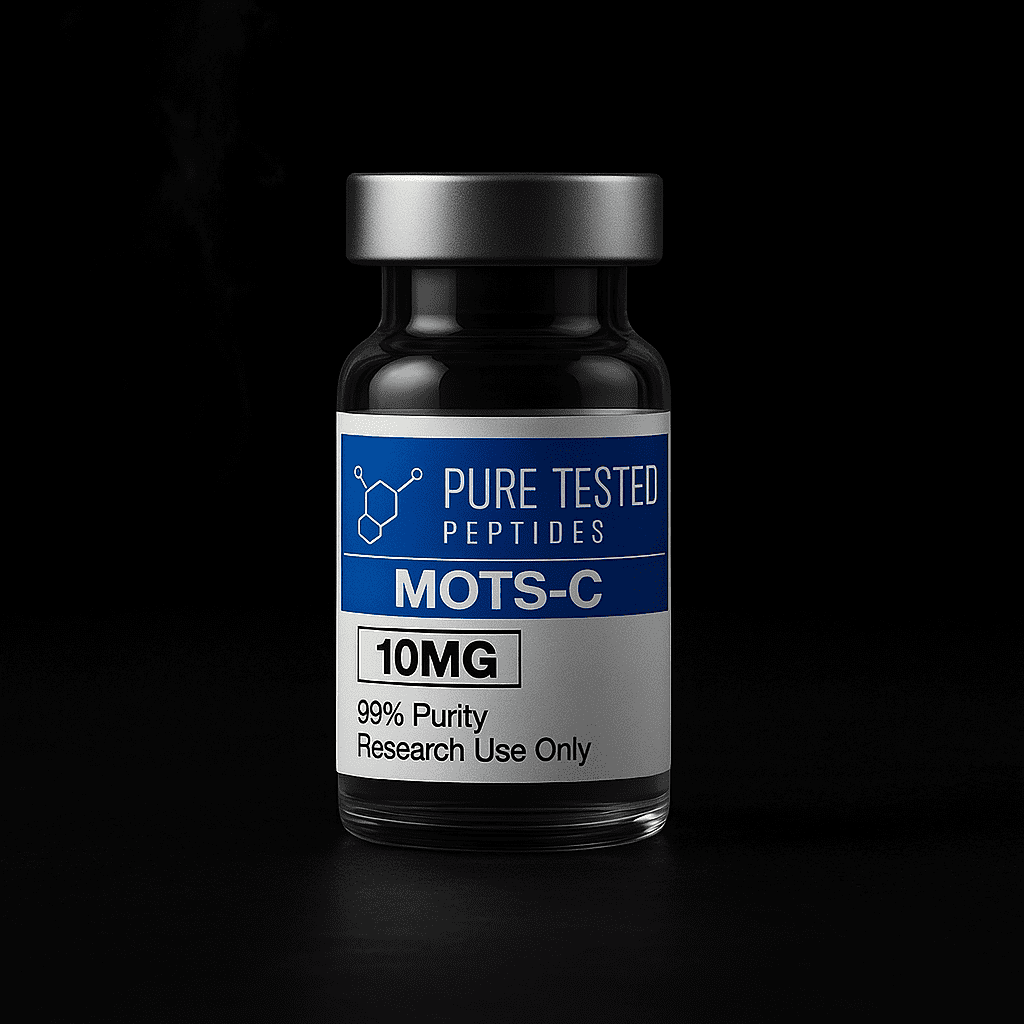
MOTS-C peptides for sale
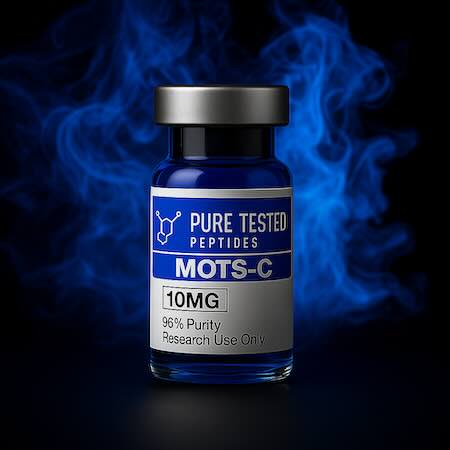
Buy MOTS-c Peptide for sale: Research Overview & Key Findings
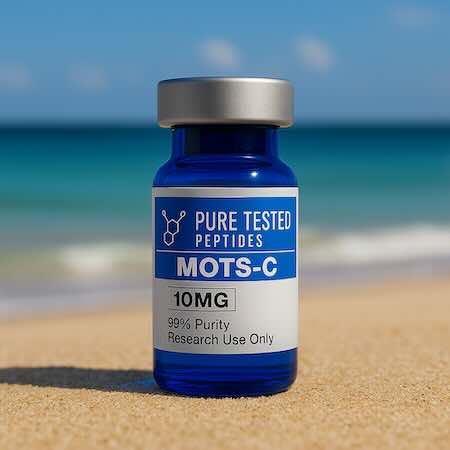
Disclaimer: This page summarizes peer-reviewed research for educational purposes only. It makes no claims of therapeutic benefit and is not medical advice. This includes all mots c for sale and mots-c 10 mg peptide for sale.
What is MOTS-c 10mg for sale?
MOTS-c (mitochondrial open reading frame of the 12S rRNA-c) is a 16-amino-acid peptide encoded by mitochondrial DNA.
MOTS-C peptides for sale
When purchasing from PTP you will receive the absolute best quality, lab-tested, COA tested, 99% pure MOTS-c for sale
Important Disclaimers before you buy Mots-c peptide online
- This page presents summaries of preclinical and experimental research only.
- No content here is intended to imply medical efficacy or recommendation.
- Readers should consult qualified professionals for health-related information or concerns.
PLEASE NOTE THAT ALL PRODUCTS FEATURED HERE ARE INTENDED EXCLUSIVELY FOR RESEARCH AND DEVELOPMENT PURPOSES. THEY ARE NOT DESIGNED FOR ANY FORM OF HUMAN CONSUMPTION. THESE PRODUCTS HAVE NOT UNDERGONE EVALUATION BY THE U.S. FOOD AND DRUG ADMINISTRATION.

